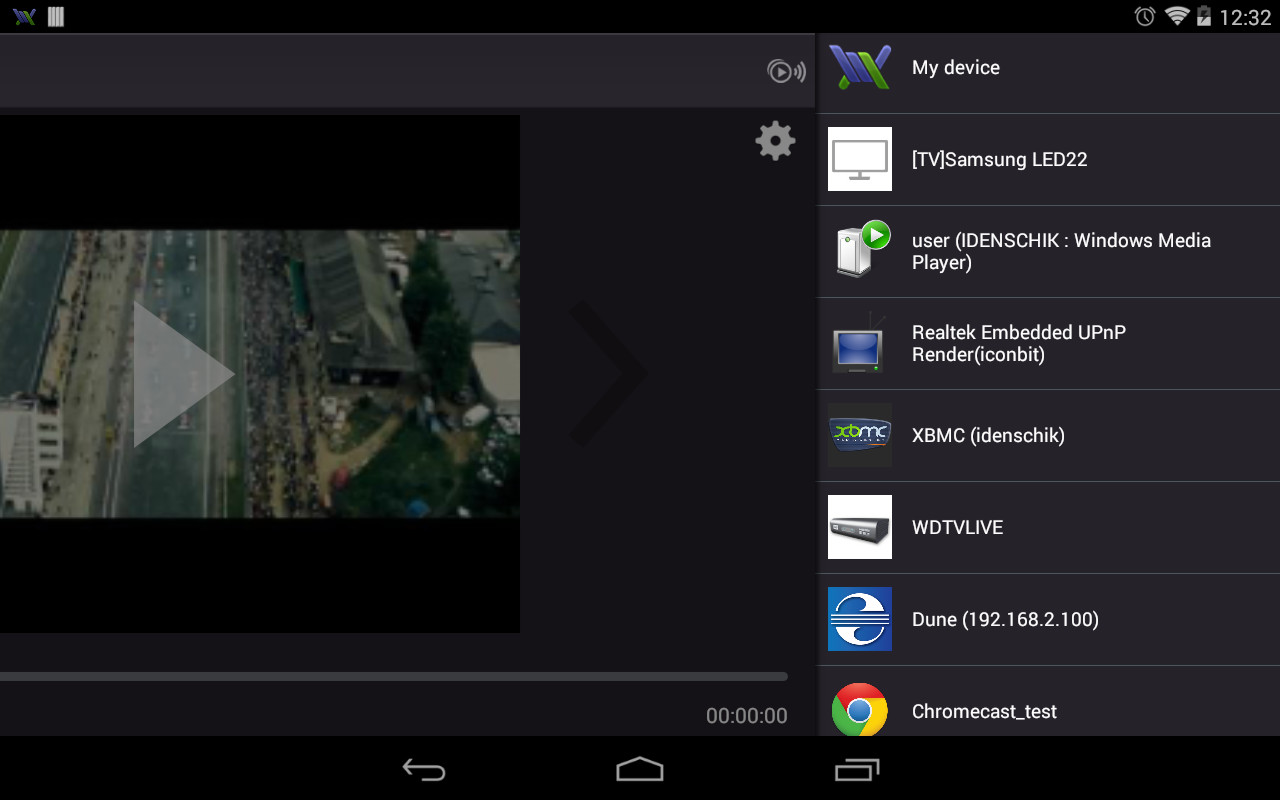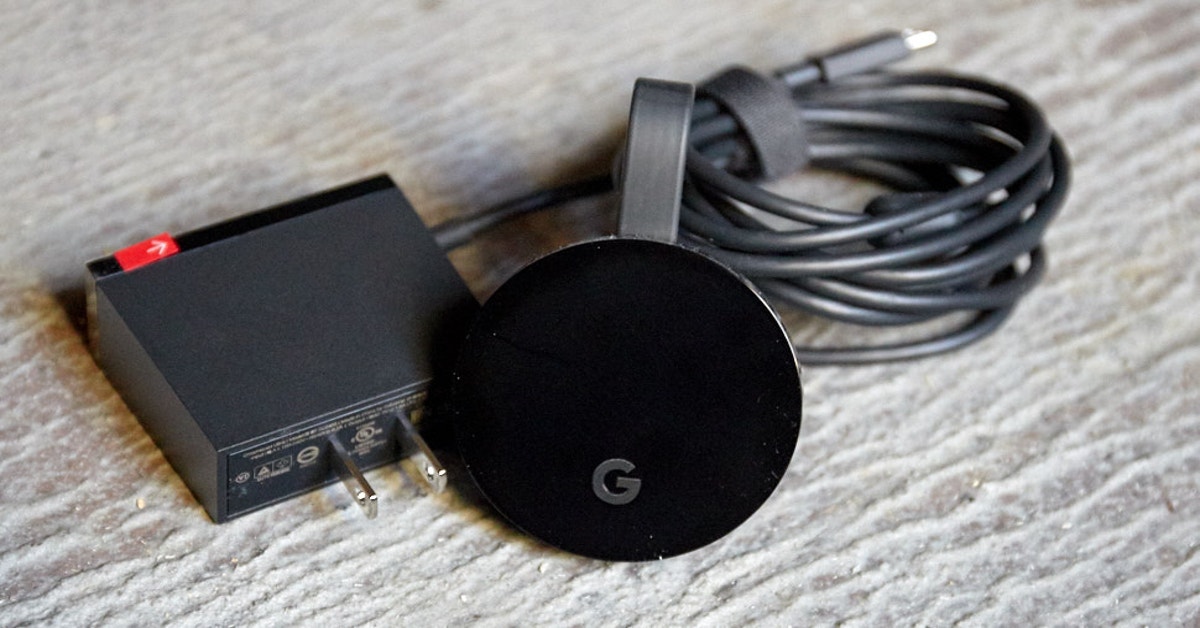

If you were to access a website running a particular Flash applet, that applet can send requests to your router to forward ports. You would think that it is only malware that can abuse UPnP in this way, but the Flash UPnP Attack seems to invalidate this idea. This is a genuine issue that many are concerned about and, unfortunately, if this is a sticking point for you then you will probably have to disable UPnP. UPnP essentially assumes that all programs are legitimate and allows them to forward ports. UPnP might allow such programs to bypass security protocols and software that the router would usually block. Malware that Uses UPnPĬommon malware, such as Trojans, viruses, worms and more, can make use of UPnP once they have infected a computer on your local network. Malicious applications can therefore quite easily exploit bad UPnP implementations to run commands or redirect network traffic. Router manufacturers historically have not been good at securing their UPnP implementations, which often leads to the router not checking input properly. Baldy Implemented UPnP on RoutersĪ lot of the problems associated with UPnP threats can be linked to security issues during implementation. However, this issue isn’t actually anything to do with UPnP itself and, after the bug was fixed by a security patch, the NIPC quickly corrected their advice. Many people refer to this recommendation when citing why UPnP is potentially dangerous. Interestingly, in 2001 the FBI’s National Infrastructure Protection Center advises that users disable UPnP because of a buffer overflow in Windows XP. There are a number of common security risks associated with UPnP that many cite when recommending that UPnP is disabled. Speed up privacy and data subject access requests with eDiscovery.

Data Classification Discover and Classify data on-premise and in the cloud.E-Discovery helps to speed up privacy and data subject access requests. Locate and Classify Sensitive Data and PIIĭata classification adds context to your security efforts.Risk Analysis Identify areas of risk and govern access to sensitive data.Īnalyze changes, and review current and historic permissions.Instant visibility on permission changes, spot users with excessive permissions and reverse unwanted changes. Threat Response Automated actions based on alerts.Threat Detection Anomaly spotting and real time alerts.

Intelligent threat detection through real time alerts, anomaly spotting and automated threat response. Learn more On-Premise & Cloud Platforms We Audit Monitor, audit and report on changes and interactions with platforms, files and folders across your on-premises and cloud environment.


 0 kommentar(er)
0 kommentar(er)
